Overview Water quality analysis is a key component of fish survivability and passage improvements. Hydroelectric projects across the Federal Columbia River Power System (FCRPS) rely on robust water quality analysis for decision making and compliance strategies. Furthermore, changing environmental conditions, aging infrastructure, and increased water demand increase the need for technically accurate and statistically rigorous […]
Fish Survival and Passage Evaluations
We leverage our expertise and a wide range of cutting-edge technologies to make inferences about the behavior of aquatic species and deliver answers to complex ecological questions. We have experience in monitoring and analyzing fish survival and behavior using sound and vibration monitoring, acoustic Doppler current profilers, passive and active telemetry, imaging sonar (DIDSON and ARIS), water quality monitoring, and surface and groundwater modeling.
Our extensive experience in evaluating fish passage includes high-head dam passage, adult fishways, juvenile bypass systems, collection facilities, and trap operations.
Representative Projects:
Juvenile Salmonid Collector Evaluation
Four Peaks scientists and engineers are leading a combined PIT- and acoustic-telemetry juvenile salmon passage evaluation to evaluate the efficacy of a floating surface collector following physical modifications made in 2018. The ongoing evaluation provides reach-specific conversion estimates of juvenile steelhead, Coho Salmon, and Chinook Salmon, as well as near-field behaviors and bottlenecks in achieving passage objectives. Our scientists and engineers have also advised on velocities, vibration, and operational issues that negatively influence collection rates as well as alternative life histories that are expressed in reservoirs above high-head dams in the Pacific Northwest. Four Peaks engineers developed algorithms coded in Python to position acoustic-tagged fish in three dimensions and the innovative approach is now being used at several high-head dams in the region.
Juvenile Salmonid Collector Evaluation Team
- Lucius Caldwell, scientific advisor
- Mark Weiland, scientific advisor
- Elliot Koontz, data manager
- Joel LaHaie, field deployment manager
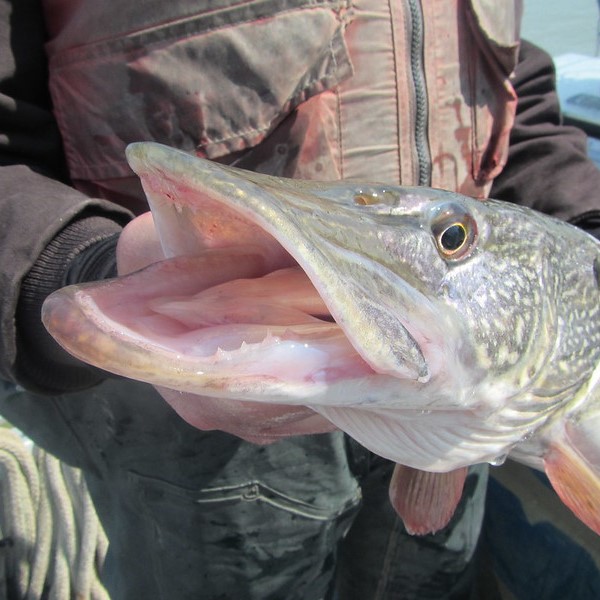
Invasive Species Rapid Response Plans
Overview The impacts of aquatic invasive species on waterways can be devastating to ecosystems, economies, and even recreation. Preventing invasive species from reaching waterways is the best defense against these negative impacts. But if prevention fails, Early Detection and Rapid Response (EDRR) provides a crucial fallback framework. A complete rapid response plan is a tool […]
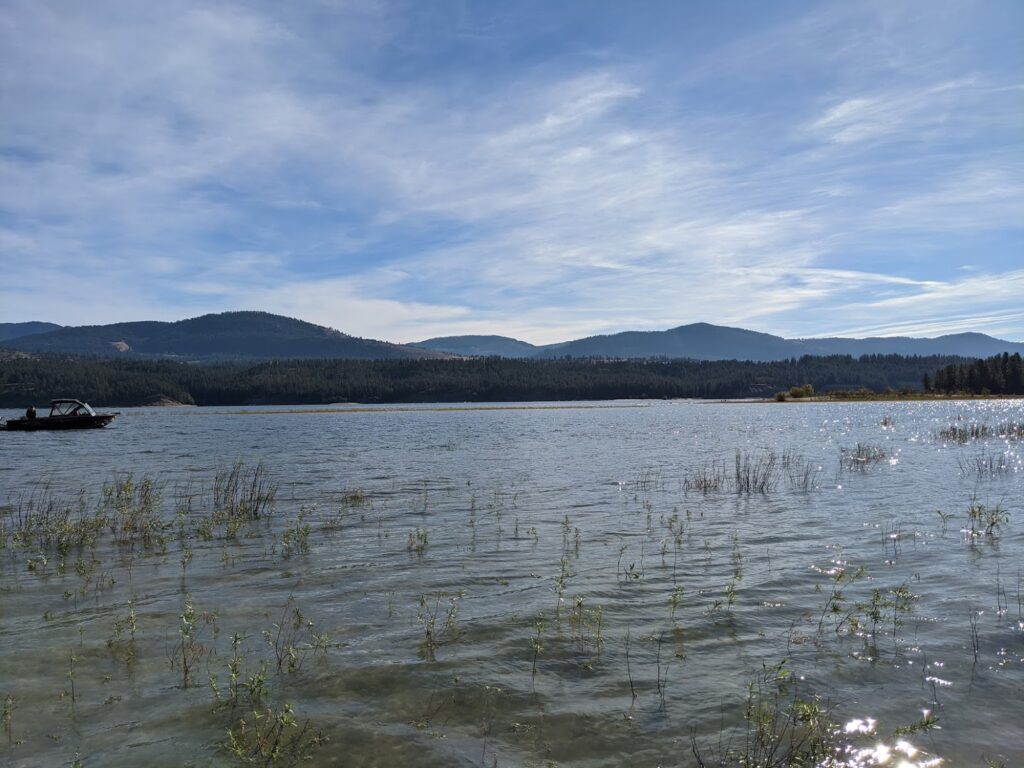
Aquatic Invasive Species Surveys
Overview Flowering rush (Butomus umbellatus) is an aquatic plant species from Europe and Asia. Unfortunately, it has been spreading across North America in the last century and is an invasive species. Flowering rush is now in portions of the Upper Columbia Basin in Washington. Also, it has been identified near Grand Coulee Dam in the […]
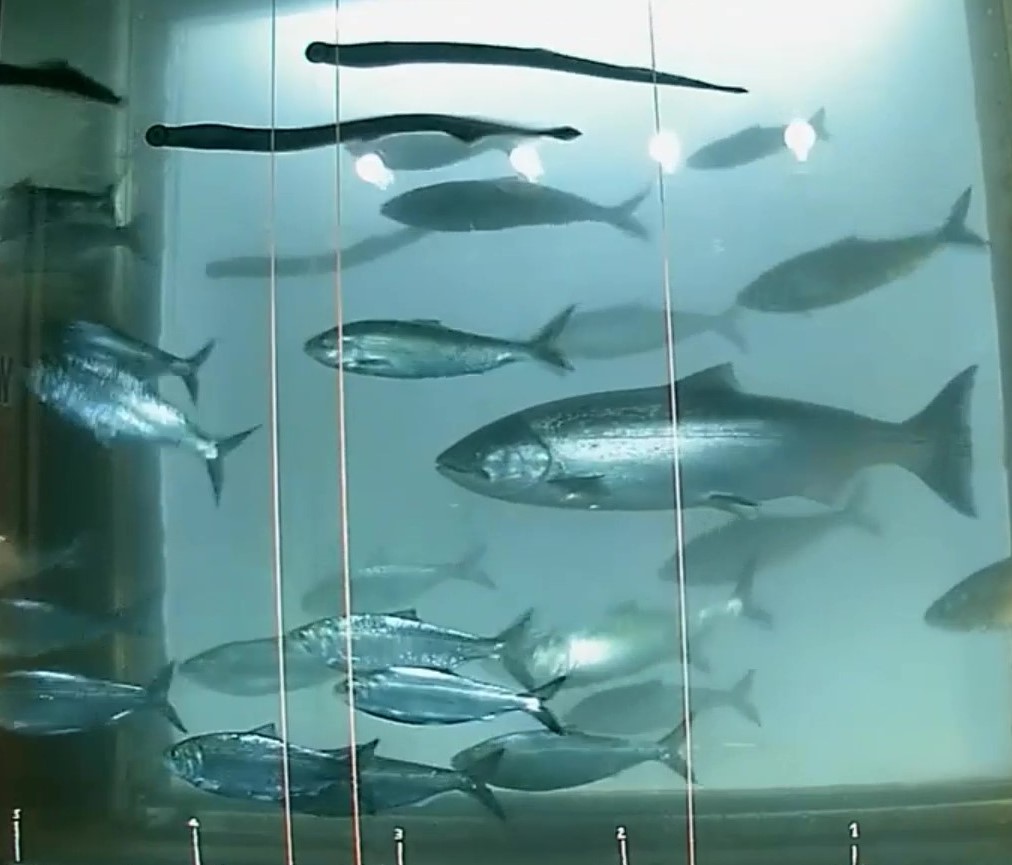
Adult Fish Counting
Overview The Federal Columbia River Power System comprises a series of hydropower projects in the Columbia Basin located on the mainstem Columbia River and in several of its major tributaries. These projects provide roughly one-third of the electricity used in the Pacific Northwest. To monitor fish passage, the U.S. Army Corps of Engineers enumerates adult […]
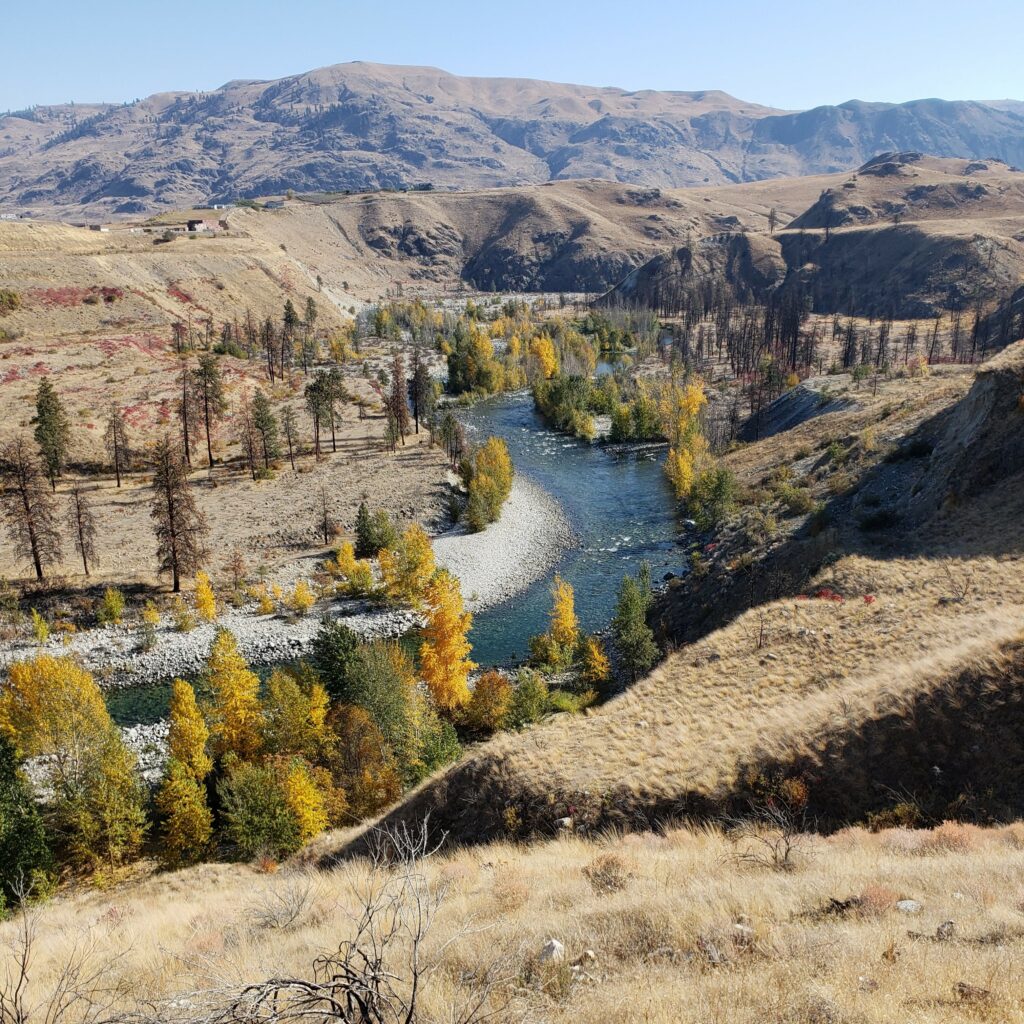
FERC and Clean Water Act Compliance
Overview Lake Chelan Dam is a small hydroelectric project that regulates water flows between Lake Chelan and the Chelan River. Chelan PUD has operated the project since 1955 and is licensed to produce power by the Federal Energy Regulatory Commission. As part of its most recent licensing effort and Clean Water Act Section 401 certification, […]
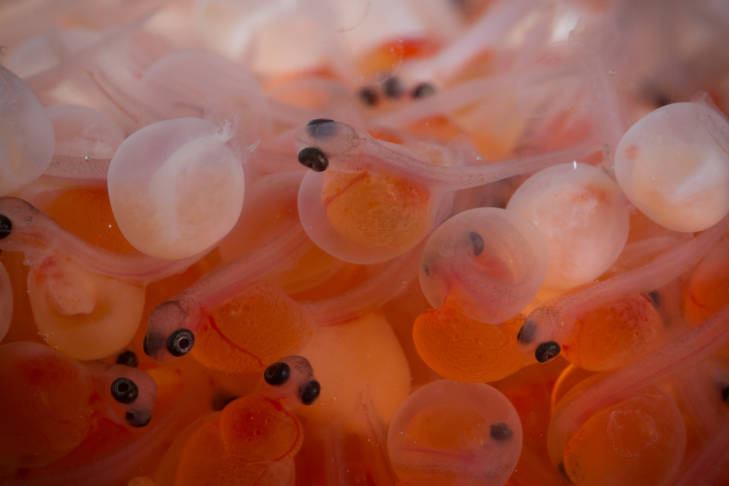
USFWS Fish Hatchery Modernization
Overview The U.S. Fish and Wildlife Service (USFWS) National Fish Hatchery System (NFHS) maintains a large network of production and research facilities. These facilities are dedicated to improving conservation efforts for fish and aquatic species around the nation. Although the facilities are diverse in many ways, including size and operational settings, there are several common […]
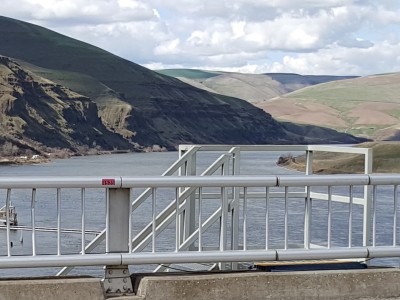
Hydroelectric Dam Temperature Control Structure Evaluation
Our Role Four Peaks staff provided technical support for an evaluation of the efficacy of a temperature control structure installed in a Washington dam to modulate temperature in the forebay in the vicinity of the adult fish ladder exit. The study evaluated the temperature changes within the forebay as a result of the temperature control […]
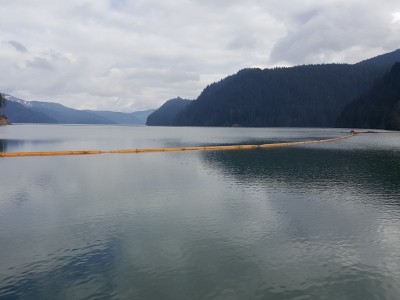
Juvenile Salmonid Collector Evaluation
Overview Fish passage is an important consideration for most PNW dams. A PNW hydroelectric project uses a floating surface collector to gather and transport salmonids. Following physical modifications in 2018, our client wanted to evaluate the effectiveness of the new modifications at collecting salmonids. Our Role Four Peaks scientists and engineers lead a combined PIT- […]
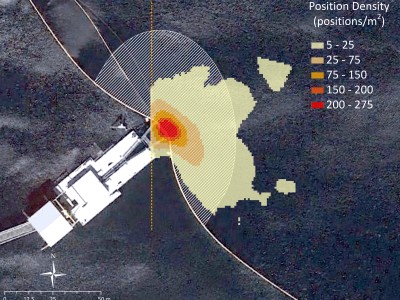
River Data Management System
Overview While many hydroelectric projects reside in remote locations, they must still meet regulatory compliance and conservation goals. These goals require the collection and thorough understanding of fish passage data. To inform decision making and better understand their data, an Oregon hydroelectric project determined a need for a cloud-based data management system. In particular, the […]
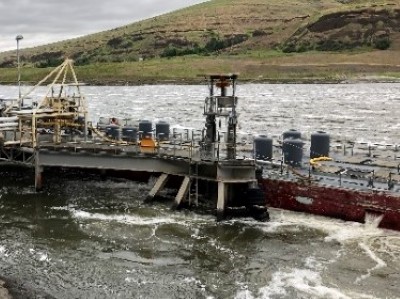
Total Dissolved Gas Survival Study
Our Role Four Peaks provided technical support for a public utility client. We evaluated the effect of total dissolved gas (TDG) fish survival on juvenile salmonids transported in barges downstream on the Columbia and Snake rivers. Water pumped from hydroelectric projects served as the source water to imprint juveniles. The juveniles were held in raceways […]
